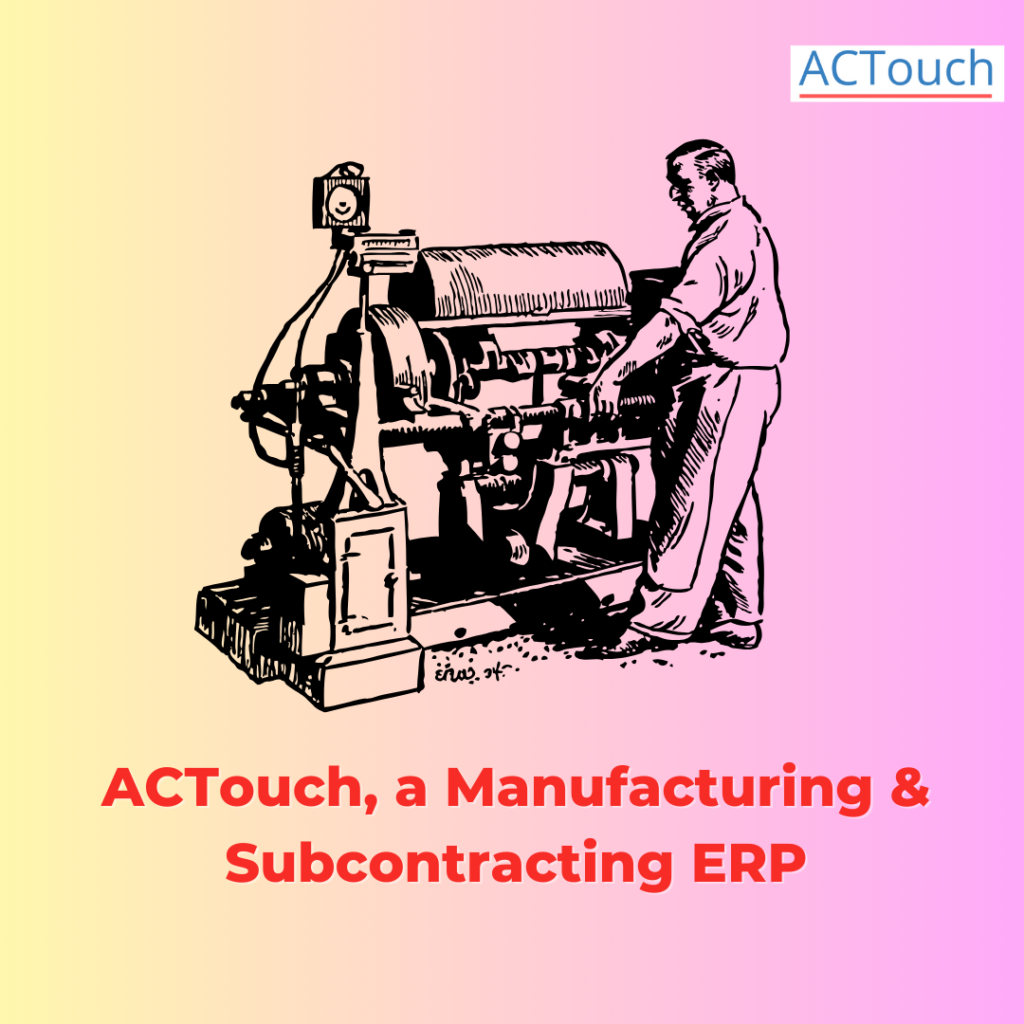Process Costing in Manufacturing: Streamlining Cost Efficiency and Enhancing Profitability
What is Process Costing?
Process costing is a cost accounting method used in manufacturing industries to calculate the average cost of producing homogeneous products. It is particularly useful when large quantities of identical or similar products are produced through a continuous or repetitive production process. Process costing helps businesses allocate costs to each unit produced, providing insights into the cost per unit and facilitating pricing decisions.
Let’s illustrate process costing with an example. Consider a company that manufactures soft drinks. The manufacturing process involves multiple stages of conversion process inventory, such as blending, carbonation, filling, and packaging. In process costing, costs are accumulated for each production department or process. Direct costs, such as raw materialsspecific to each department, Overhead costs, conversion costs, product cost, manufacturing costs and indirect costs, such as labor and overheads, are allocated to each process. The total cost incurred in each department is divided by the number of units produced during that period, resulting in the average cost per unit. This information is crucial for pricing decisions, inventory valuation, and assessing the profitability of each process.

Why Process Costing is important for Business?
Process costing plays a vital role in the success and profitability of manufacturing businesses. Here are some key reasons why process costing is important:
a. Accurate Cost Calculation: Process costing enables businesses to calculate the cost per unit accurately. By accumulating costs for each production department or process and dividing them by the number of units produced, businesses can determine the average cost per unit. This information is critical for setting competitive prices and maximizing profitability.
b. Pricing Decisions: Process costing provides insights into the cost structure of each unit produced. By understanding the cost per unit, businesses can make informed pricing decisions. It ensures that prices are set at a level that covers costs, generates profits, and remains competitive in the market.
c. Cost Control and Efficiency: Process costing facilitates cost control and efficiency improvements. By tracking costs at each process, businesses can identify areas of excessive costs, inefficiencies, or bottlenecks. This information helps in implementing measures to reduce costs, optimize resources, and streamline the production process, leading to improved cost efficiency.
d. Inventory Valuation: Process costing assists in determining the value of inventory at different stages of the production process. As costs are allocated to each process, businesses can accurately value their work-in-progress inventory. This information is crucial for financial reporting and managing inventory levels effectively.
e. Performance Evaluation: Process costing allows for the evaluation of the performance of different production processes or departments. By comparing the costs incurred, efficiency, and output of each process, businesses can identify areas of improvement, allocate resources effectively, and make informed decisions about process enhancements or investments.
7 steps to follow Process Costing.
Implementing process costing involves several steps to ensure accurate cost allocation and effective cost management. Here’s an example of a step-by-step approach to follow:
Step 1: Identify Production Processes: Identify the different production processes involved in the manufacturing of the product. These processes can include stages such as material acquisition, assembly, testing, packaging, and distribution.
Step 2: Accumulate Direct Costs: Identify the direct costs associated with each production process. Direct costs are expenses that can be directly attributed to a specific process, such as raw materials used or labor costs specific to that process.
Step 3: Allocate Indirect Costs: Allocate indirect costs to each production process. Indirect costs are expenses that are not directly tied to a specific process but are necessary for the overall production. Examples include factory rent, utilities, supervision, maintenance, and depreciation. Allocate these costs based on a suitable allocation basis, such as machine hours or labor hours.
Step 4: Determine Equivalent Units: Calculate the equivalent units of production for each process. Equivalent unitsrepresent the number of fully completed units that could have been produced with the resources used during a specific period. This step is important as it considers partially completed units and accounts for the work-in-progress inventory at each process.
Step 5: Calculate Cost per Equivalent Unit: Determine the cost per equivalent unit for each process. This involves dividing the total costs (direct and allocated indirect costs) for each process by the equivalent units produced during that period. This calculation provides the average cost per unit for each process.
Step 6: Summarize and Assign Costs: Summarize the costs incurred for each process and assign them to the units produced. Multiply the cost per equivalent unit by the number of units produced to calculate the total cost incurred for each process.
Step 7: Calculate Total Cost: Summarize the costs incurred at each process to calculate the total cost of production. This total cost represents the accumulated costs for all the processes involved in the production.
By following these steps, businesses can implement an effective process costing system that accurately allocates costs, facilitates cost control, and provides valuable insights into the cost structure of the products manufactured.
What are the Types of Process Costing methods?
Process costing methods are variations of the process costing system that businesses can employ based on their specific needs and production processes. Here are three commonly used process costing methods to arrive at production costs over an accounting period that reflects in financial statements.
a. Weighted Average Method: The weighted average method calculates the average cost per equivalent unit by dividing the total cost incurred to date (direct and indirect costs) by the total equivalent units produced to date. This method assumes that the costs incurred in the current period are mixed with the costs incurred in the previous period, and the average cost is used for valuation.
ACTouch Cloud ERP uses WAM method for costing.
b. FIFO (First-In, First-Out) Method: The FIFO method assigns costs based on the assumption that the units started or completed first are also the first ones to be costed. The costs of the beginning work-in-progress inventory from the previous period are added to the costs incurred in the current period to determine the total costs assigned to the completed units and the ending work-in-progress inventory.
c. Standard Costing Method: The standard costing method applies predetermined standard costs to the production process. These standard costs are based on expected or budgeted costs and are used for cost allocation. Any variances between standard costs and actual costs are analyzed separately to identify areas of inefficiency or cost overruns.
The choice of process costing method depends on factors such as the nature of the business, production complexity, and the desired level of cost accuracy. Each method has its advantages and limitations, and businesses should select the most suitable method based on their specific circumstances.
How to calculate Process Costing?
Calculating process costing involves aggregating the costs incurred for each production process and allocating them to units produced. Here’s a general approach to calculating process costing:
Step 1: Identify Direct Costs: Determine the direct costs associated with each production process. These costs include direct materials, direct labor, and any other direct expenses specific to each process. These costs include direct material costs, direct labor costs, and any other direct expenses specific to each process. Find direct material cost to arrive at inventory costs at each method of process costing.
Step 2: Allocate Indirect Costs: Allocate the indirect costs to each production process. Indirect costs are expenses that are not directly tied to a specific process but are necessary for the overall production. Examples include factory overheads, supervision costs, maintenance expenses, and utilities. Allocate these costs based on a suitable allocation basis, such as machine hours or labor hours.
Step 3: Determine Equivalent Units: Calculate the equivalent units of production for each process. Equivalent units represent the number of fully completed units that could have been produced with the resources used during a specific period. This calculation accounts for partially completed units and work-in-progress inventory at each process.
Step 4: Calculate Cost per Equivalent Unit: Determine the cost per equivalent unit for each process. Divide the total costs (direct and allocated indirect costs) for each process by the equivalent units produced during that period. This calculation provides the average cost per unit for each process.
Step 5: Summarize and Assign Costs: Summarize the costs incurred for each process and assign them to the units produced. Multiply the cost per equivalent unit by the number of equivalent units produced to calculate the total cost incurred for each process.
Step 6: Calculate Total Cost: Summarize the costs incurred at each process to calculate the total cost of production. This total cost represents the accumulated costs for all the processes involved in the production.
Calculating process costing accurately is essential for businesses to ensure proper cost allocation, pricing decisions, and profitability analysis. Utilizing a robust accounting or enterprise resource planning (ERP) system can streamline the calculation process and provide accurate and real-time process costing information.
What are the differences between Process costing and Job costing?
Process costing and job costing are two distinct costing methods used in manufacturing businesses to allocate costs and determine the cost of production. Here are the key differences between process costing and job costing:
- Nature of Production:
- Process Costing: Process costing is used when manufacturing processes involve the production of homogeneous or standardized products. The production process is continuous or repetitive, and the output is similar or identical.
- Job Costing: Job costing is employed when manufacturing processes involve customized or unique products. Each job or project is different, with specific requirements and characteristics.
- Cost Allocation:
- Process Costing: In process costing, costs are allocated to each production department or process. The costs are accumulated for each process and assigned to the units produced during that period.
- Job Costing: In job costing, costs are directly assigned to individual jobs or projects. Costs are specifically tracked and allocated to each job, considering direct costs and indirect costs specific to that job.
- Unit Cost Calculation:
- Process Costing: Process costing calculates the average cost per unit. The total costs incurred for a particular period are divided by the total units produced during that period to determine the average cost per unit.
- Job Costing: Job costing calculates the specific cost per unit for each job or project. The total costs incurred for a particular job are divided by the number of units produced for that job to determine the cost per unit.
- Application:
- Process Costing: Process costing is commonly used in industries that involve continuous or repetitive production processes, such as food processing, chemical manufacturing, and oil refining.
- Job Costing: Job costing is commonly used in industries that produce customized or unique products or services, such as construction, custom manufacturing, and consulting services.
- Level of Detail:
- Process Costing: Process costing provides a broader overview of costs for each production department or process. It focuses on cost accumulation and allocation at a macro level.
- Job Costing: Job costing provides a detailed breakdown of costs for each individual job or project. It allows for specific cost tracking and analysis at a micro level.
Both process costing and job costing have their respective advantages and applications based on the nature of the business and production processes involved. Businesses must choose the appropriate costing method that aligns with their manufacturing processes and enables accurate cost allocation, pricing decisions, and profitability analysis.
|

